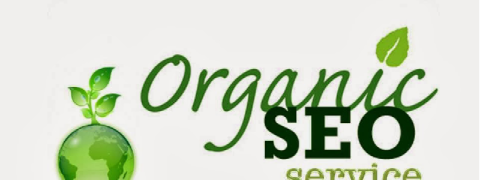Successful organic optimization combines technical know-how with persuasive marketing.
Organically optimized web sites contain content that visitors find informative and relevant to their searches. Content is further optimized for search engines by incorporating relevant key phrases or words into the site’s literature.
Organic optimization is holistic in approach. Every aspect of a web site is analysed for it’s level of search friendliness. Aspects like the site’s title, meta-tags, editorial copy, structure and design, usability and function are all taken into consideration. These aspects and many others are equally considered when optimizing a web site. There are, however four main points of interest:
1. Key Phrases:
One of the first steps in organic optimization is determining which key phrases are to be targeted. This is determined by researching which words or phrases a target audience is most likely to search for. These target keywords are then incorporated into the title, description and content of a web site.
It is important to note that the overuse of keywords in a web site can result in a search engine’s indexing software to considering a site as abusing or spamming the search engine and can result in that site being removed from the search index.
Generally a key word should appear five to eight times within a site’s editorial content and content should consist of between 200 and 400 words.
2. Site Structure
Search engines are somewhat limited in the way they can index a web site. Search engine robots or spiders are chiefly concerned with determining two things, what is this web site all about and where should this site show up in the search engine results. Often the way in which a web site is constructed can have negative results in how effective these search spiders are.
It is important to understand how search engine indexing works in order to create web sites which are fine tuned for optimal search results
Search spiders look primarily for text content when judging how a site is to be indexed. Sites which are built entirely of graphic elements or flash are not search friendly. Sites which feature an overuse of javascript and other dynamic content are not search friendly.
A multitude of factors are considered when optimizing for the search engines. Since different search engines follow different rules, and the rules often change, it is unlikely that every aspect of a web site will be perfectly matched to every search engine. The important thing to strive for is eliminating the elements of a site that are known to cause problems, and emphasizing as many search friendly aspects as possible.
3. Usability
A site which is difficult to navigate, slow to load, or leaves a user wondering exactly what the site is all about is a site that is not going to perform very well. The flow of information within a web site must be logical and intuitive. Optimizing a site for performance is critical to its overall level of success. After all, what is the point of having a web site that ranks well in search engines if nobody can use it?
4. Inbound Links:
The amount of inbound links to a web site has a direct effect on the search engine page ranking of the site. Virtually all of the popular search engines have methods of calculating the link popularity of any given site. This makes inbound links an important area of organic optimization. The quality of the inbound links can matter more than the quantity. Search engines place more importance on relevant links from sites which they consider to be authorities on any given key phrase. Search engines strive to provide the most relevant results possible by filtering out meaningless or “junk” links to a website. In some cases, large numbers of irrelevant inbound links are seen by the search engines as abuse or spamming. Practices such as “link farming” and “free-for-all” link pages are frowned upon.
As the popularity of paid search advertising grows so does the need for organic optimization. While paid search campaigns can offer short term exposure, organic optimization involves steady, long term results. And as the costs of paid search advertising continues to climb, organic optimization offers the assurance of appearing in search pages for natural searches.
By combining aspects of search engine technicalities, site structure and usablity, organic optimization not only focuses on search engine results but offers the end user of a site a quality experience.
About author:
Jeff Palmer is a Search Engine Optimization specialist and Senior Interactive Designer for Openvision an Internet marketing company located in Hilton Head Island South Carolina.






One Comment